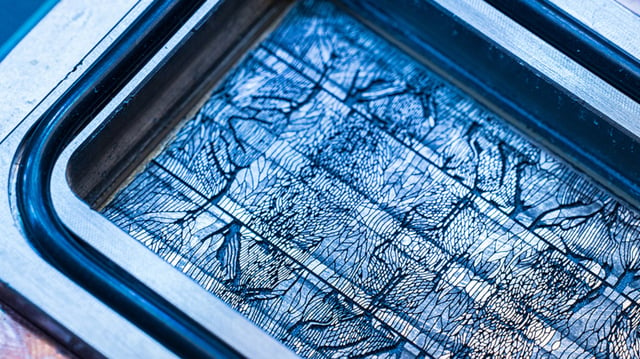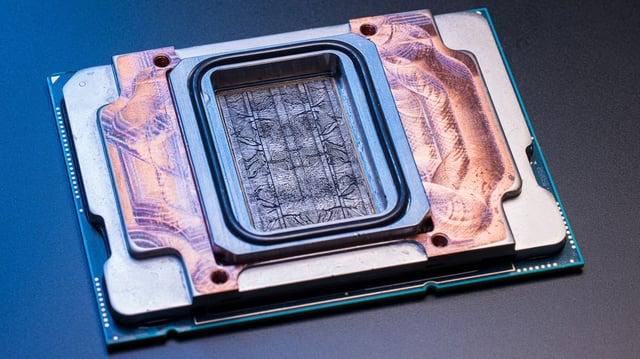Overview
- Microsoft says etched hair‑thin channels on the back of a chip routed coolant directly across the silicon, removing heat up to three times more effectively than cold plates in lab tests.
- The company reports up to a 65% reduction in maximum GPU silicon temperature rise, depending on workload and configuration.
- AI‑guided, bio‑inspired channel geometries developed with Swiss startup Corintis were used to identify hotspots and direct flow, and a prototype cooled a server running simulated Teams traffic.
- Details of the liquid coolant were not disclosed and Microsoft says a leak‑proof package is required, with no commitment yet to broad deployment.
- Potential benefits cited include denser racks, short‑burst overclocking and 3D‑stacked chip designs, and Bloomberg reported Vertiv shares fell as much as 8.4% after the announcement.



